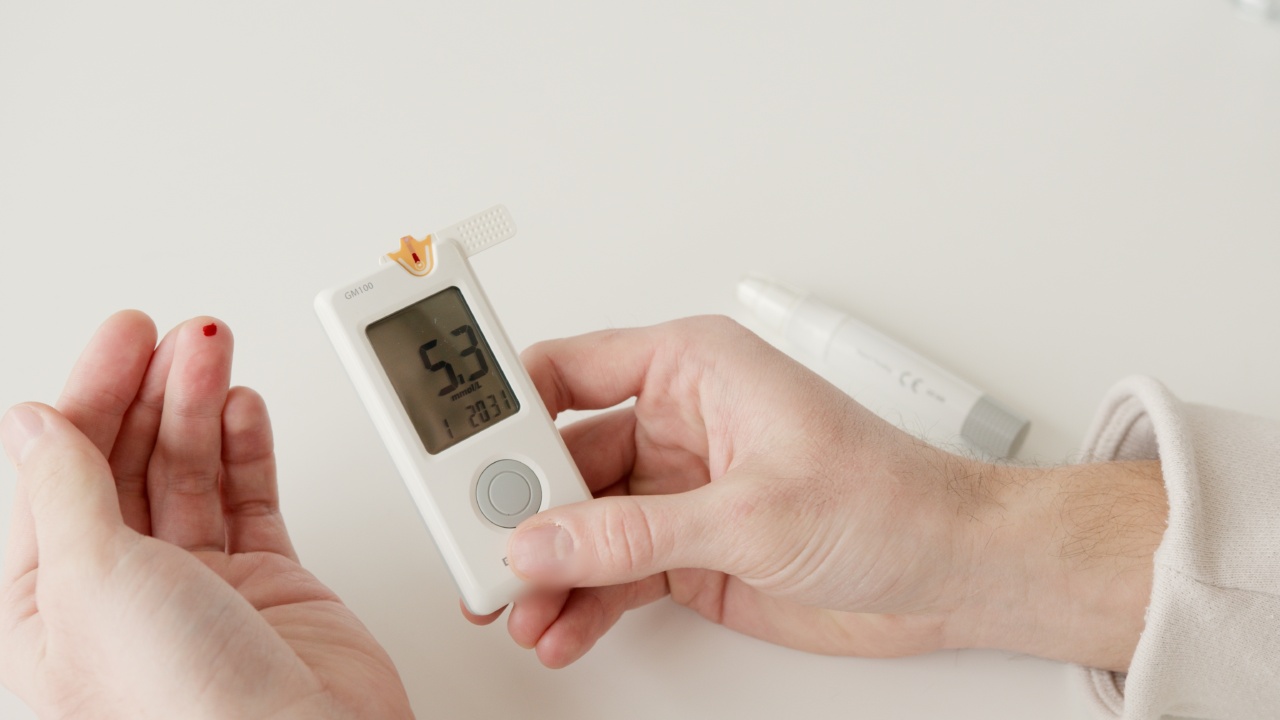When you visit the doctor, one of the first things that are done during a checkup is to measure your blood pressure.
This is an important indicator of your overall health, as it can indicate your risk level for heart disease, stroke, and other health conditions. While most people have their blood pressure measured on only one arm, it is important to consider measuring it on both arms. In this article, we will discuss why measuring blood pressure on both hands is important.
What is Blood Pressure?
Blood pressure is a measurement of the force that blood pushes against the walls of your arteries. It is measured in millimeters of mercury (mmHg) and is expressed as two numbers, one over the other.
The top number is called systolic blood pressure, which measures the pressure in your arteries when your heart beats. The bottom number is called diastolic blood pressure, which measures the pressure in your arteries between heartbeats. A healthy blood pressure reading is less than 120/80 mmHg.
Why Measure Blood Pressure on Both Hands?
When blood pressure is measured on both arms, it can provide important information about a person’s overall cardiovascular health. Here are the reasons why it is important:.
1. Detecting differences between arms
Sometimes, there can be a difference in blood pressure between the two arms. This is known as inter-arm blood pressure difference (IABD). IABD can be an indicator of arterial disease or a blockage in one of the arteries supplying blood to the arm.
A difference in blood pressure between the arms can also indicate an increased risk of heart attack, stroke, and other cardiovascular events.
2. Identifying underlying health conditions
Measuring blood pressure in both arms can also help identify underlying health conditions such as peripheral arterial disease or aortic dissection.
Peripheral arterial disease is a condition where there is a narrowing or blockage of the blood vessels that supply blood to the arms and legs. This can lead to poor circulation, numbness, and pain in the arms and legs. Aortic dissection is a condition that occurs when the inner layer of the aorta tears and blood flows between the layers, causing the aorta to enlarge and possibly rupture.
3. Checking for accuracy
Blood pressure readings can be affected by many factors, such as arm size, cuff size, and the position of the arm. Measuring blood pressure on both arms can help to ensure that the readings are accurate.
If there is a significant difference in blood pressure between the two arms, it may indicate an issue with the equipment or technique being used to measure the blood pressure.
4. Monitoring cardiovascular health
Measuring blood pressure on both arms can also be useful for monitoring cardiovascular health over time.
Taking multiple measurements over time can help identify changes in blood pressure that could be a sign of cardiovascular disease or other conditions.
How to Measure Blood Pressure on Both Arms
Measuring blood pressure on both arms is a simple process that can be done by a healthcare professional. Here is how it is done:.
1. Sit comfortably with your back supported and feet on the floor. Rest your arms on a table or armrests.
2. The healthcare professional will place a blood pressure cuff on one arm and inflate it.
3. They will then take a blood pressure reading on that arm and record the measurement.
4. The cuff is then moved to the other arm, and the process is repeated.
5. The healthcare professional will then compare the two blood pressure readings to see if there is a significant difference between the two arms.
Conclusion
Measuring blood pressure on both arms is a simple and important way to monitor overall cardiovascular health. It can provide important information about a person’s risk level for heart disease, stroke, and other conditions.
If you have not had your blood pressure measured on both arms, speak to your healthcare professional about doing so at your next checkup.




























